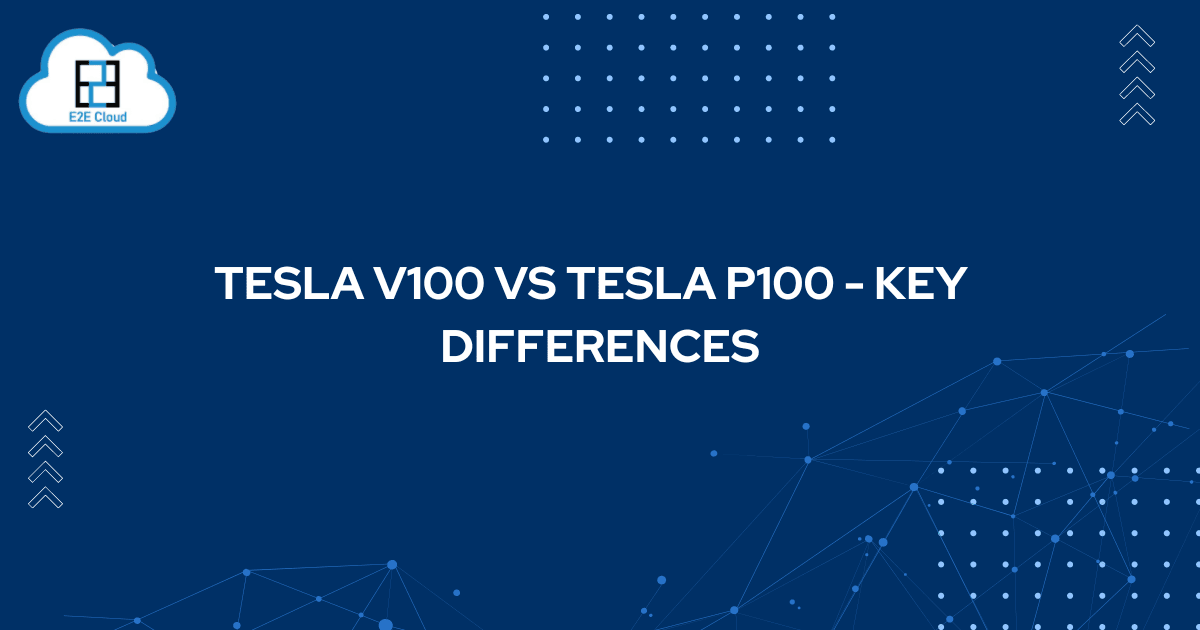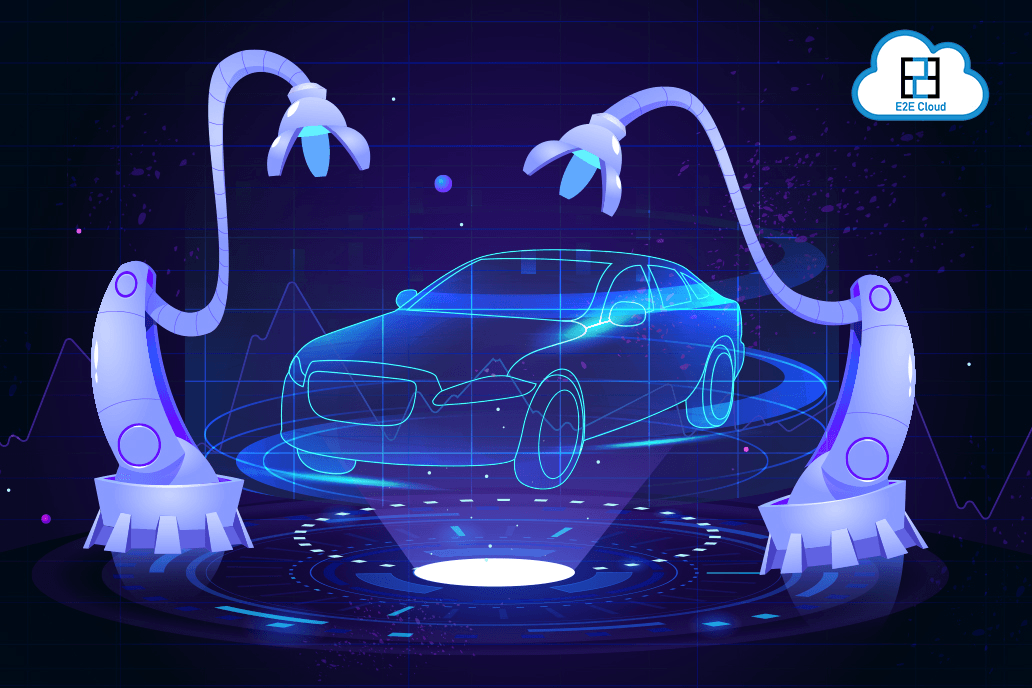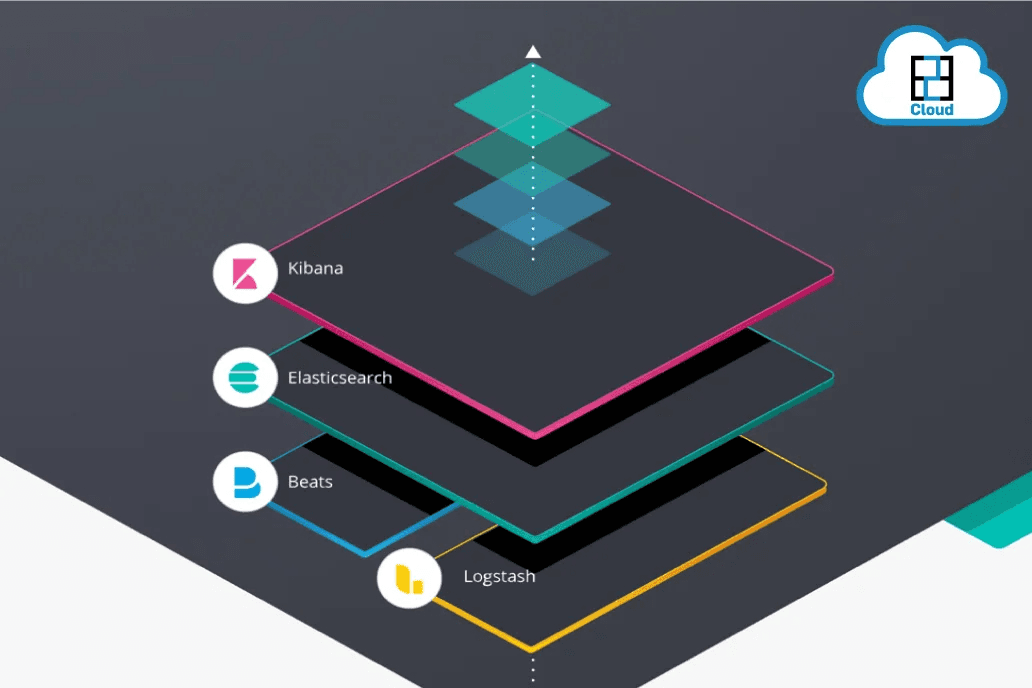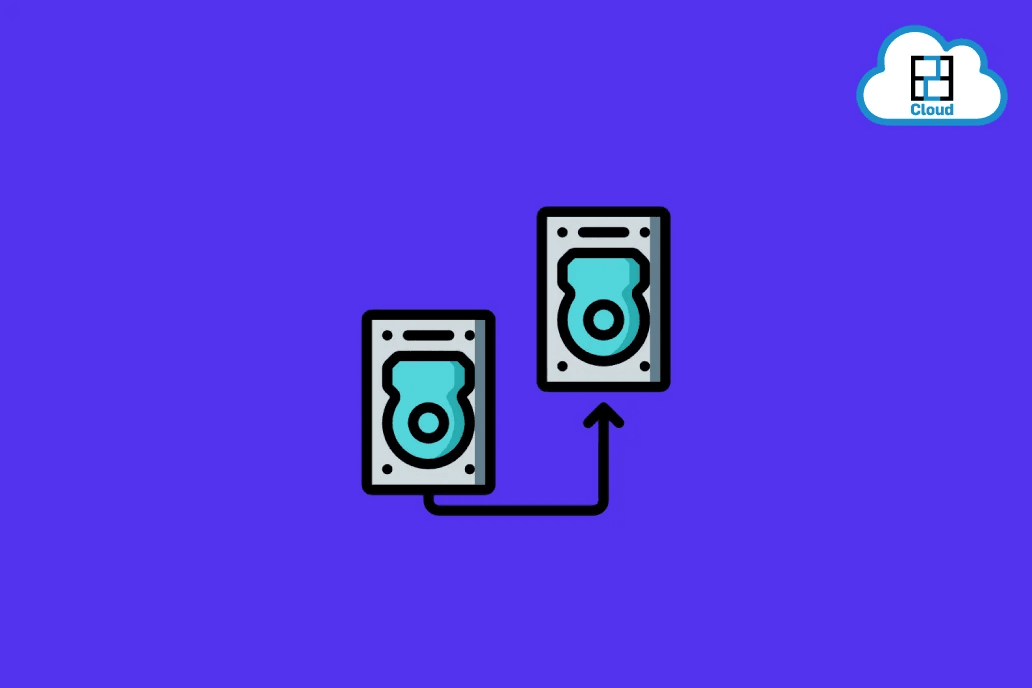Deep Learning vs Machine Learning
Machine learning: Machine learning is an artificial intelligence (AI) subset. It provides a system with the ability to learn and improve its functioning from experience, even if not programmed to that level. Machine learning focuses on developing computer programs that access and use data to learn from it.
Deep learning: Deep learning is a subset of machine learning in which artificial neural networks are associated with recurrent neural networks. Algorithms are created in the same way as that for machine learning, but they comprise more layers. These algorithmic networks are collectively called artificial neural networks.
All neural networks in the human brain are interconnected. Deep learning follows the same concept, wherein these artificial networks are designed to replicate the human brain, enabling you to solve all complex problems with the help of algorithms and their processes.
The five main differences between machine learning and deep learning
Although there are many differences between these two subdisciplines of artificial intelligence, here are five of the most important ones:
- Human intervention
Machine learning requires continuous human intervention to produce results. Deep learning is more complex to set up but requires minimal intervention afterwards.
- Hardware
Machine learning programs are typically less complex than deep learning algorithms and can be run on conventional computers, whereas deep learning systems require more powerful hardware and resources.
Processing units and GPUs are helpful for their high-bandwidth memory and ability to hide latency or delays in memory transfers due to thread parallelism, which is the ability to run many operations efficiently at the same time.
- Time
Machine learning systems can be configured and operated quickly but may have limitations in the power of their results. In contrast, deep learning systems take longer to set up, but they can provide results immediately. That said, the quality will likely improve over time as more data becomes available.
- Approach
Machine learning requires structured data and uses traditional algorithms, such as linear regression. Deep learning uses neural networks and is designed to ingest large amounts of unstructured data.
The future of Machine Learning and Deep Learning
Machine and deep learning will affect our lives for generations to come and might convert each enterprise through its capabilities. Dangerous jobs like place excursions or jobs in harsh environments might completely extrude with the involvement of smart systems.
Careers in Machine Learning and Deep Learning
It will take the continuous efforts of proficient people to assist machines and deep learning to obtain good results. While each area may have its unique requirements in this space, some hot professional careers are already experiencing aggressive hiring.
Data scientists
Data scientists compose different models and algorithms to solve their enterprise’s requirements. They also oversee the processing and evaluation of facts generated with the help of computer systems. This fast-developing profession combines coding, such as Python, Java, etc., and information and strategies of an organisation or enterprise.
Machine learning engineers
Machine Learning engineers put in force the facts and combine them with the firm’s complicated ecosystems. They also program automatic controls or robots that move primarily based on inputs. These are essential models — the massive volume of records and computer processing requires an immoderate amount of facts and overall performance to be every cost- and resource-effective.
Computer vision specialist
Computer vision specialists assist computer systems in creating the experience of 2D or 3D photos and are vital to deep learning, including the augmented and digital spaces. This is a profession within the Machine learning ecosystem
Which one to pick amongst ML and DL?
If you have masses of facts and hardware competencies, go with deep learning. However, when you do not have them, select the ML model for solving.
Conclusion
In conclusion, deep learning is machine learning with more extensive skills and a selective exercise approach. Electing any of them to resolve a particular problem relies on the amount of information and complexity of the question.









